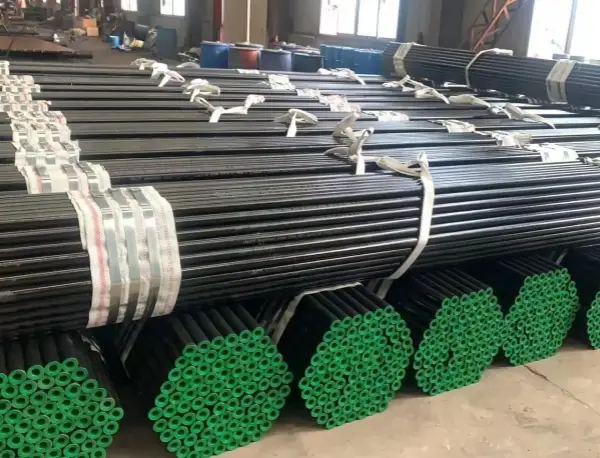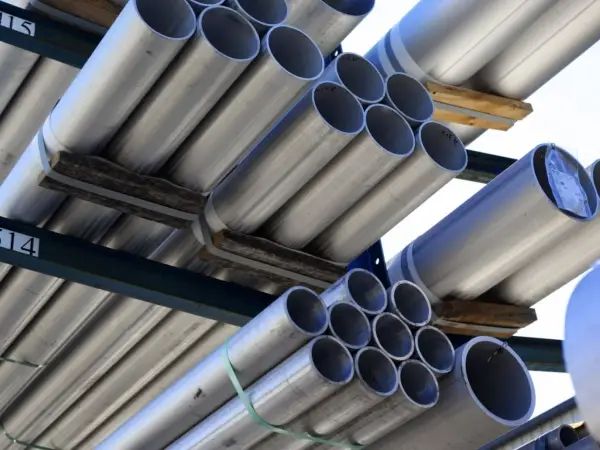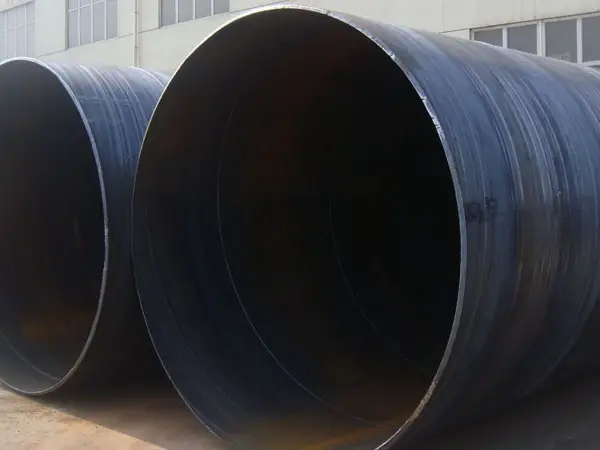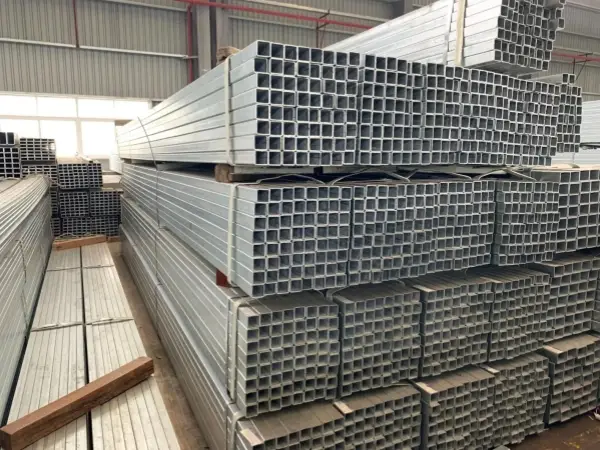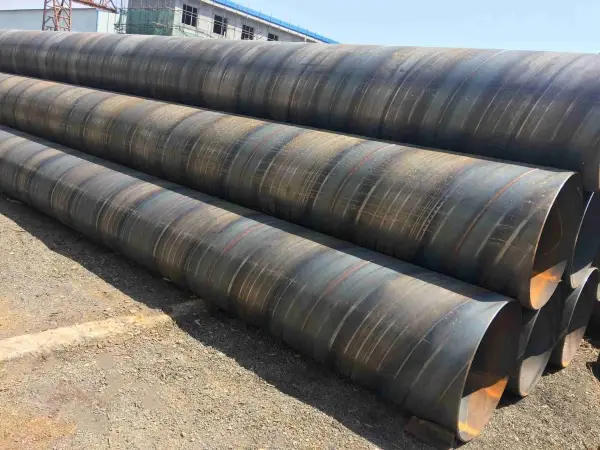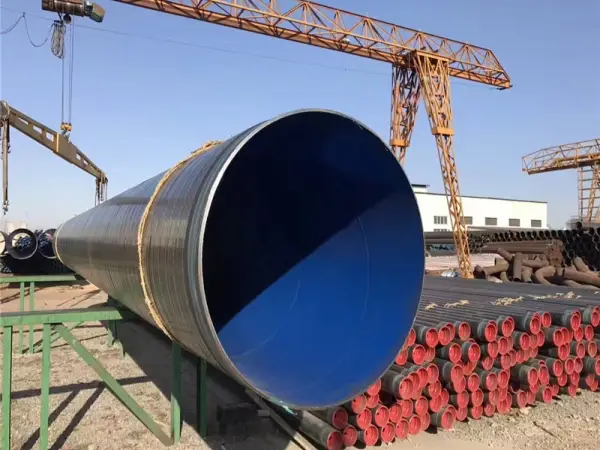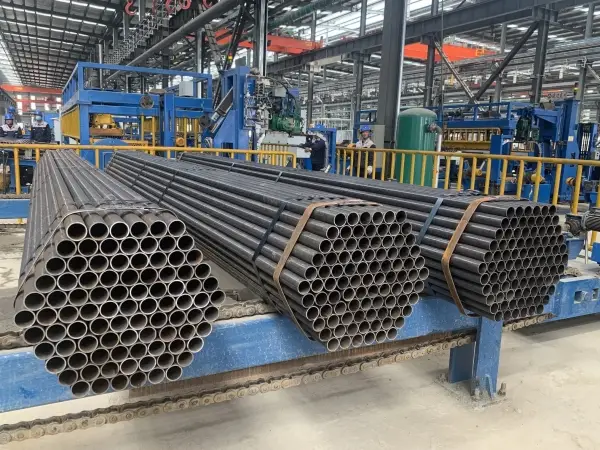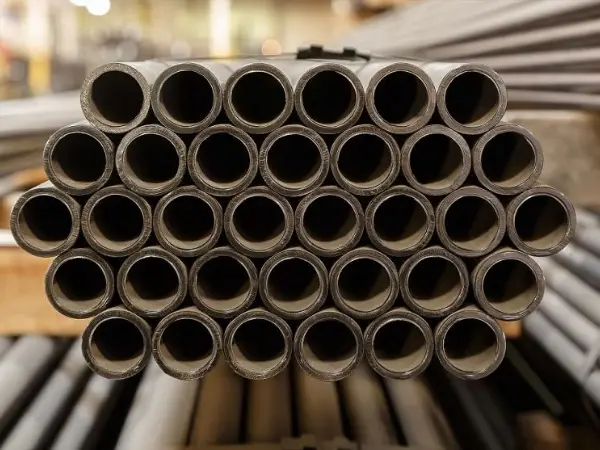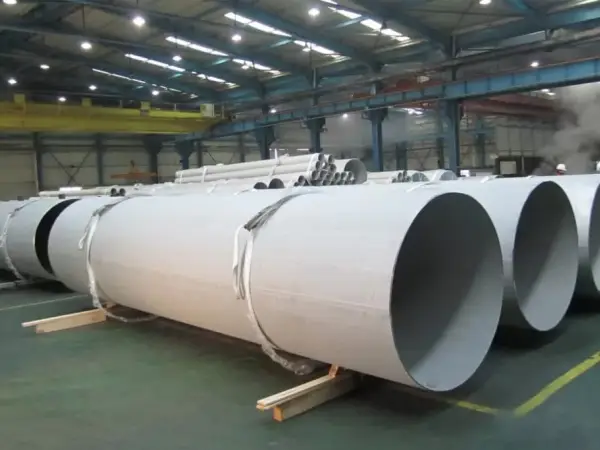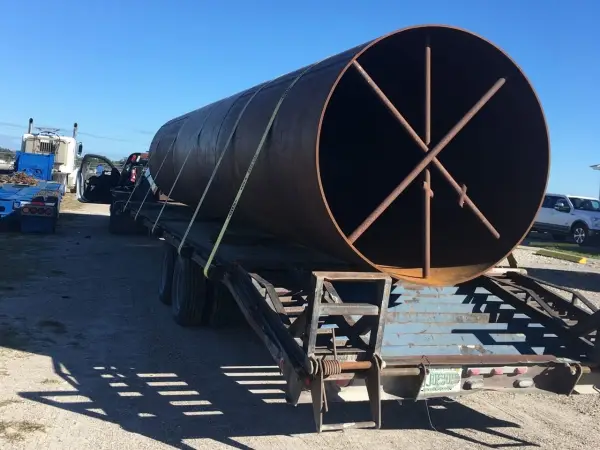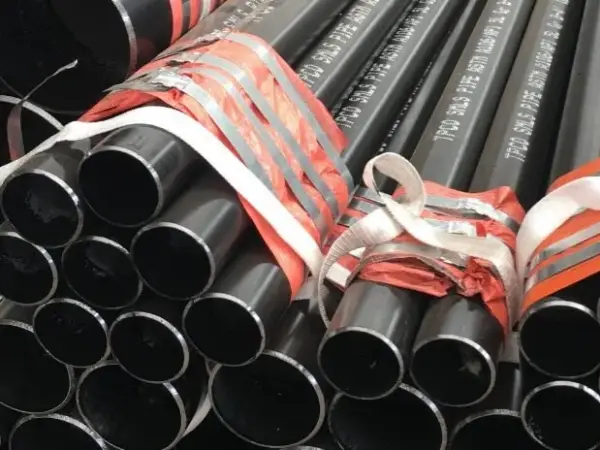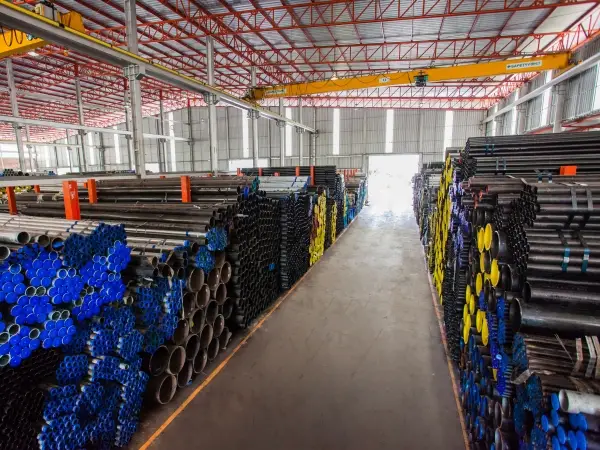-
2024-07-09Product News
Seamless steel pipe fire control
Seamless steel pipe production involves numerous post-processing procedures, one of which is fire control. This process includes various heat treatments aimed at altering the mechanical properties of the steel, enhancing its performance, and ensuring its suitability for different applications. Here's an overview of the seamless steel pipe fire control.
-
2024-07-09Product News
Advantages and disadvantages of stainless steel pipes
Stainless steel pipes, with their unique characteristics, are suitable for various applications. This article will briefly introduce advantages and disadvantages of stainless steel pipes.
-
2024-07-08Product News
Advantages and application of SSAW steel pipe
SSAW steel pipes offer numerous advantages, including high strength, flexibility, efficiency, and good weld quality, making them suitable for a wide range of applications. Their versatility and durability ensure their continued use in various industries, from oil and gas transportation to structural and industrial projects. Here is a comprehensive introduction to the advantages and application of SSAW steel pipe.
-
2024-07-08Product News
The quality standards and related specifications of square steel pipes
With the progress of society and the development of industry, square steel pipes have become essential building materials in construction, machinery, furniture, and other industries. The quality of square steel pipes directly affects the service life and safety of the products they are used in, making their quality standards and testing methods highly important. This article will introduce the quality standards and related specifications for square steel pipes.
-
2024-07-05Product News
SSAW steel pipe weld defect and detection
SSAW (Spiral Submerged Arc Welding) steel pipes are widely used in laying oil pipelines due to their advantages in production automation, continuous coil forming, and double-sided automatic submerged arc welding. These pipes undergo various testing methods to ensure weld quality. However, defects can still occur during the welding process due to mistakes or operational issues. Here, we will discuss common SSAW steel pipe weld defects and their detection methods.
-
2024-07-05Product News
3LPE pipe coating process
The 3LPE coating process is meticulously designed to offer superior protection. This article will briefly introduce 3LPE pipe coating process.
-
2024-07-04Product News
Introduction to SCH 80 ERW pipe
SCH 80 ERW pipe is a type of steel pipe that combines the features of Electric Resistance Welding (ERW) with SCH 80 wall thickness. This combination makes it a robust and versatile option for a variety of demanding applications. Here's an overview of the SCH 80 ERW pipe.
-
2024-07-04Product News
How to choose the right SCH 80 ERW steel pipe manufacturer for your project?
This article will briefly introduce how to choose the right SCH 80 ERW steel pipe manufacturer for your project.
-
2024-07-03Product News
Mechanical properties of stainless steel seamless pipe
Stainless steel seamless pipes are renowned for their exceptional mechanical properties, which are highlighted in the following aspects.
-
2024-07-03Product News
Causes and prevention methods of welded steel pipe cracking
By analyzing the causes and preventive measures of welded steel pipe cracking, welding professionals can enhance their quality awareness, adhere to scientific welding standards, improve welding quality, and ensure the safe and effective use of welded steel pipes. This article will talk about this topic, read on to learn more.
-
2024-07-02Product News
ASTM A106 seamless steel pipe application processing methods
ASTM A106 seamless steel pipes are widely used across various industries, including petroleum, chemical, shipbuilding, nuclear energy, textile, and medicine. To ensure their excellent performance and extended service life, proper handling and application methods are crucial. This article provides a detailed guide on the comprehensive use of ASTM A106 seamless steel pipes.
-
2024-07-02Product News
Carbon seamless steel pipe storage requirements and precautions
Carbon seamless steel pipes are extensively used and have stringent storage requirements. Ensuring a proper storage environment, implementing anti-rust measures, and attending to storage details will maintain the pipes in good condition and provide reliable support for production and construction in various industries.
